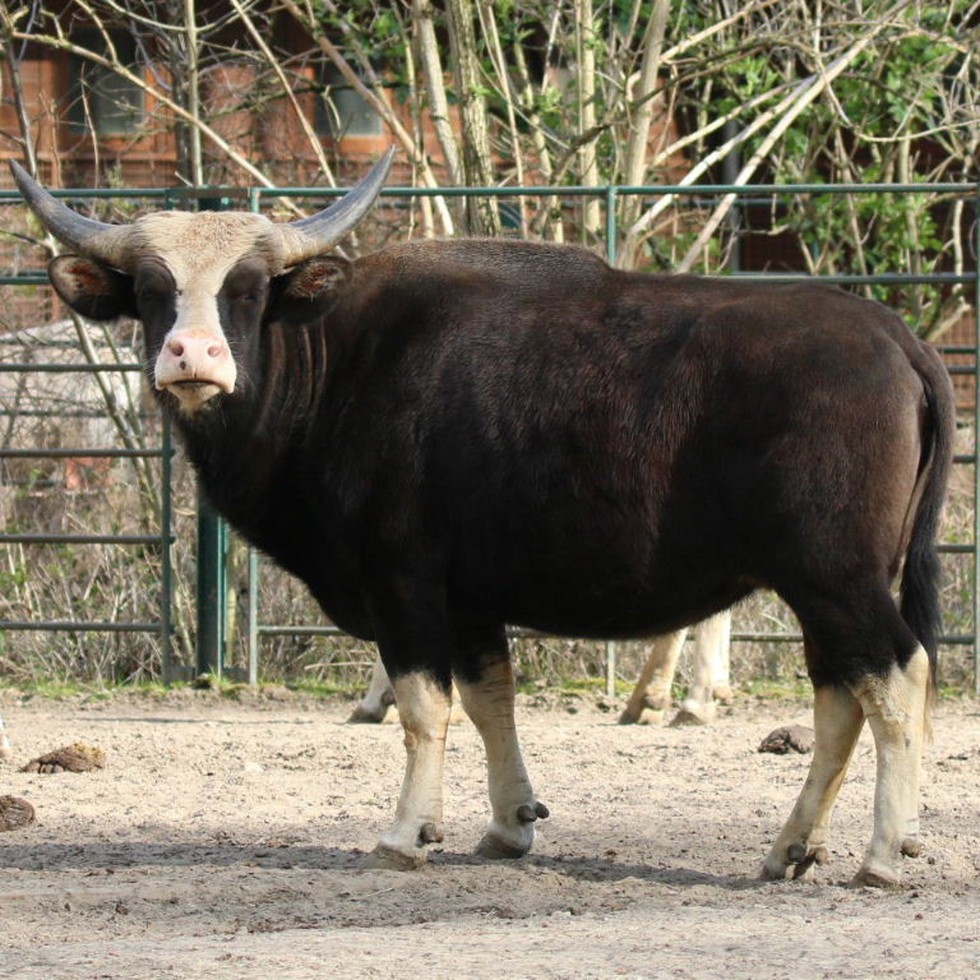
About Mithun:
- The Mithun or gayal (Bos frontalis) is a heavily built, semi-domesticated bovine species.
- Mithun is believed to have originated more than 8000 years ago and is considered to be a descendant of wild Indian gauror bison.
- It is known as the ‘cattle of the mountain’.
- Distribution:
- The highest concentration of mithuns in the world is spread over the North Eastern (NE) region of India, with Arunachal Pradesh having the highest population.
- It is also found in parts of Southeast Asia, viz., Bangladesh, Myanmar, and Bhutan.
- The geographic zone is covered with tropical evergreen rainforests.
- It is the state animal of Arunachal Pradesh and Nagaland.
- The ‘Soulung’ festival is observed annually by the Adi tribes of Arunachal Pradesh to commensurate the birth and arrival of Mithun on this earth.
- Physical Features:
- Mithun appears somewhat similar to that of Guar (Indian bison) but is smaller in size.
- Like Guars, they are strongly built, large-sized fleshy animals with an average weight of 400- 650 kg.
- The characteristic feature of Mithun lies in the head, which has a well-developed, broad frontal bone with a flat-shaped face and from the front view, it appears like an inverted triangle from where two horns emerge from the lateral sides.
- Horn colour varies from whitish yellow to salty black in most animals.
- The young mithuns are light to dark brown in colour, which darkens with age.
- In adult mithuns, the most common colour is black with white markings and white with black markings. Other than these two, albino or pure black is also found.
- Conservation Status:
- IUCN Red List: Vulnerable
- CITES: Appendix I
2. What are Gram Nyayalayas?

About Gram Nyayalayas:
- Gram Nyayalayas, or village courts, are established under the Gram Nyayalayas Act, 2008, for speedy and easy access to the justice system in the rural areas of India.
- The Act extends to the whole of India, except to the States of Nagaland, Arunachal Pradesh, and Sikkim and the tribal areas specified in the Sixth Schedule to the Constitution of India.
- Gram Nyayalayas is aimed at providing inexpensive justice to people in rural areas at their doorsteps.
- Constitution:
- The State governments have been vested with the authority of setting up one or more nyayalayas, after proper consultation with the respective High Court, in every Panchayat at the intermediate level or group of adjacent Panchayats at the intermediate level of a district.
- However, the Act does not make setting up of Gram Nyayalayas mandatory.
- Section 4 of the Act provides for the headquarters of the gram nyayalaya to be situated in the respective Panchayat or some other place notified by the state government.
- Presiding Officer: The Gram Nyayalayas are presided over by a Nyayadhikari (appointed by the State Governmentin consultation with the respective High Court), who will have the same power, enjoy the same salary and benefits as a Judicial Magistrate of First Class.
- Act as Mobile Court: The Nyayadhikari shall periodically visit villages and may hear the parties and dispose of the cases at a place other than its headquarters.
- Territorial Jurisdiction: The State governments are also sanctioned to control and alter the territorial jurisdiction of the Gram Nyayalayas from time to time, depending upon the requirement or circumstance.
- The Gram Nyayalayas will try criminal cases, civil suits, claims, or disputes which are specified in the First Schedule and the Second Schedule to the Act.
- They are to follow summary procedure in a criminal trial.
- Disputes are to be settled as far as possible by bringing about conciliation between the parties and for this purpose, the Gram Nyayalayas will make use of the conciliators to be appointed for this purpose.
- The Gram Nyayalaya shall not be bound by the rules of evidence provided in the Bharatiya Sakshya Adhiniyam, 2023, but shall be guided by the principles of natural justice, subject to any rule made by the High Court.
- Appeals:
- Criminal matters:An appeal against the decision of the Nyayalaya in a criminal matter can be filed in the Sessions Court of that jurisdiction.
- Civil matters: an appeal against any verdict of the gram Nyayalaya concerning a civil matter can be filed in a District Court of the concerned jurisdiction.
What is the Soyuz Spacecraft?
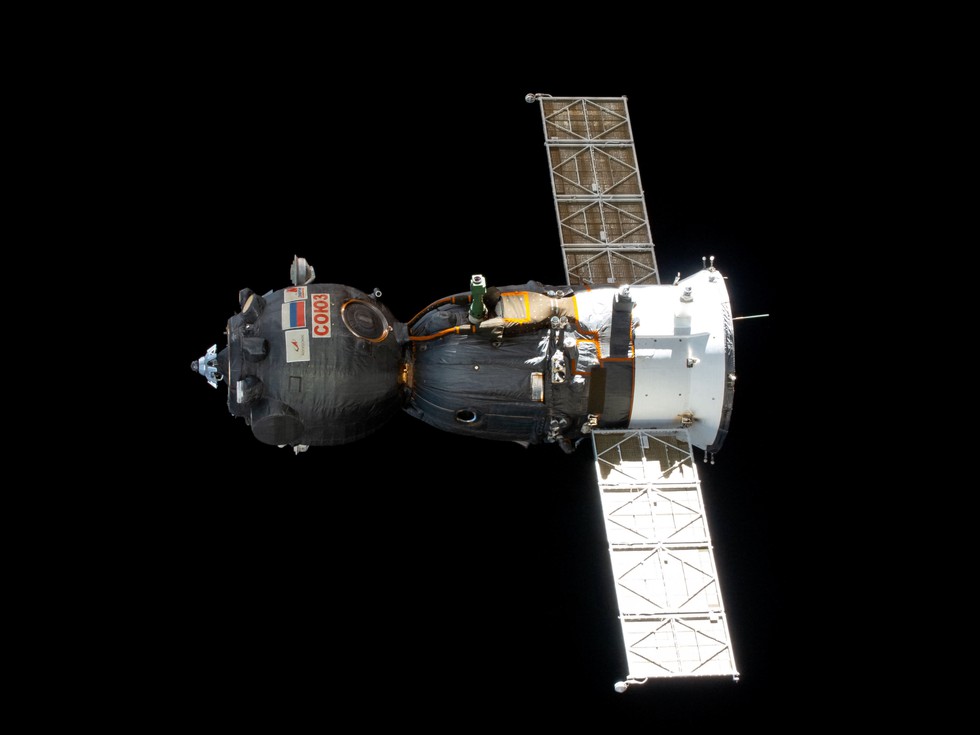
About Soyuz Spacecraft:
- The Soyuz (saw-yooz) is a Russian spacecraft.
- The Soyuz programme is the longest operational human spacecraft programme in the history of space exploration.
- What Can the Soyuz Do?
- Russian crew members are called cosmonauts. NASA crew members from the United States are called astronauts. Crew members from Europe, Canada, and Japan are also called astronauts.
- The Soyuz takes cosmonauts and astronauts to and from the ISS.
- The Soyuz spacecraft weighs 7 tonnes; they measure 7.2 m in length and 2.7 m in diameter. A Soyuz has room for three people to ride in it.
- The spacecraft also brings food, water, and other essential supplies to the ISS.
- The Soyuz serves a dual purpose, acting as a transportation vehicle and a safety measure.
- At least one Soyuz remains docked to the space station at all times, ready to serve as an emergency escape pod should the need arise, allowing the crew to quickly evacuate and return to Earth.
- The Soyuz spacecraft consists of three distinct modules, each serving a specific purpose.
- The Orbital Module, comparable in size to a large van, provides living quarters for the crew during their time in orbit and can connect directly to the space station.
- The Descent Module, as its name suggests, is utilized by the crew during the launch phase and the return journey to Earth. It is specifically designed to withstand the rigors of re-entry and ensure a safe landing.
- The third module houses the spacecraft's critical life support systems, including batteries, solar panels, and steering engines, all of which are essential for the Soyuz's operation and the crew's well-being.
- The Soyuz capsule is propelled into space by a Soyuz rocket, with the two components separating once the spacecraft reaches orbit.
- While the rocket returns to Earth, the capsule continues its journey, remarkably reaching space in a mere nine minutes.
What is International Big Cat Alliance (IBCA)?
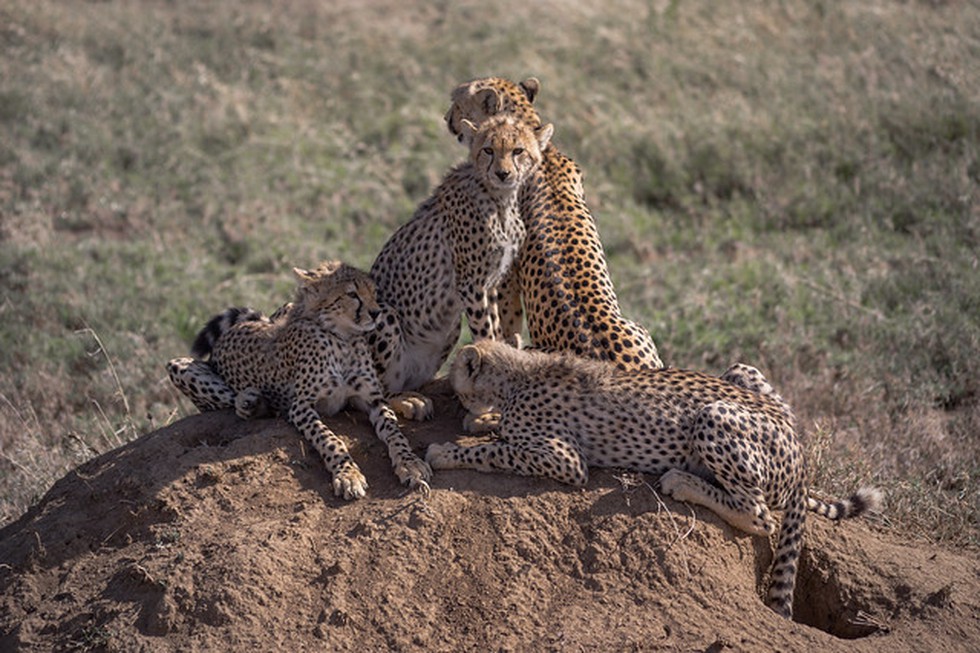
About International Big Cat Alliance (IBCA):
- It was launched by the Prime Minister of India in Mysuru on April 9, 2023, at an event commemorating 50 years of Project Tiger in India.
- Objective: Strengthen global cooperation and efforts for the conservation of seven big cat species (tiger, lion, leopard, snow leopard, cheetah, jaguar and puma) and their habitats.
- Out of the seven big cats, five — tiger, lion, leopard, snow leopard, and cheetah — are found in India.
- The alliance aims to reach out to 97 range countries covering the natural habitats of the seven big cats.
- IBCA has been conceived as a multi-country, multi-agency coalition to strengthen global cooperation and mobilise financial and technical resources to support the entire ecosystem associated with the conservation of these species and their habitats.
- It will serve as an evolving platform for convergence of knowledge and best practices, supporting existing specific inter-governmental platforms, while also providing direct support to recovery efforts in potential range habitats.
- IBCA would have a multi-pronged approach in broad-basing and establishing linkages in several areas and help in knowledge-sharing, capacity-building, networking, advocacy, finance, and resource support.
- IBCA governance consists of an assembly of members, a standing committee, and a secretariat with its headquarters in India.
- IBCA has secured the Government of India's initial support of Rs. 150 crore for five years (2023-24 to 2027-28).
What is Ahaetulla Longirostris?
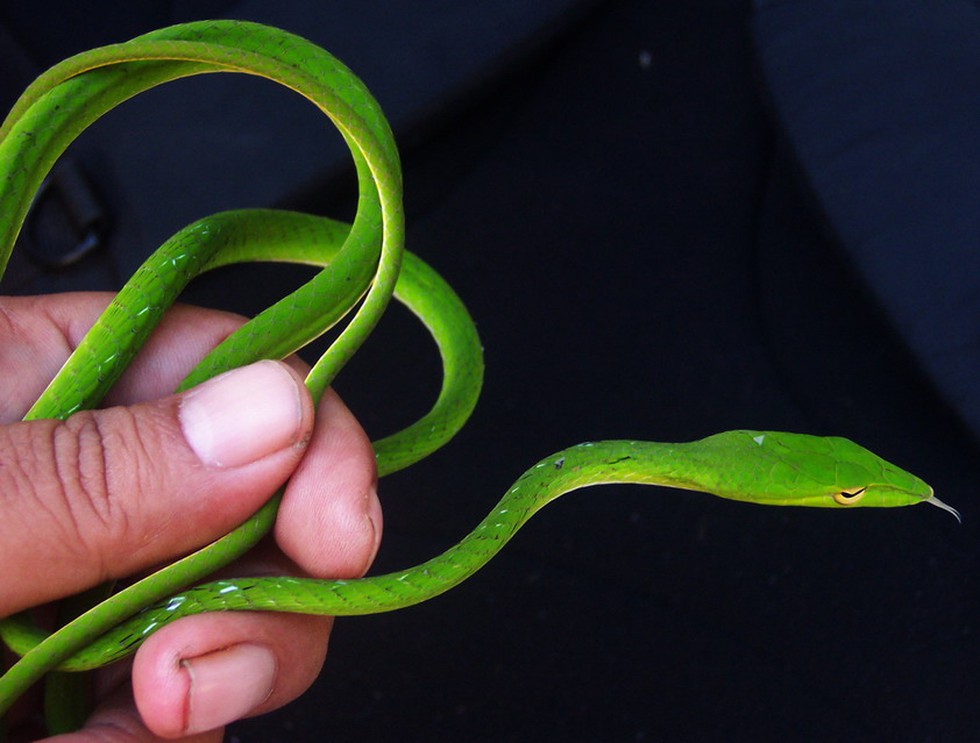
About Ahaetulla Longirostris:
- It is a new snake species with a remarkably long snout.
- The species, named the long-snouted vine snake (Ahaetulla Longirostris), was identified after two specimens were found in vastly different regions, Bihar in the eastern part of the country and Meghalaya in the northeastern region.
- Features:
- It is notable for its slender, elongated body and striking colouration.
- These snakes can grow up to 4 feet in length and are typically bright green or orange-brown, with an orange belly.
- Their unique physical features, especially the long snout, distinguish them from other vine snakes.
- The head of this snake is triangular, and the snout is extended from the head and measures about 18% of the length of the head.
- The species has been observed inhabiting not only forests but also human-dominated areas, such as cities and urban landscapes, showcasing their adaptability to various environments.
National Florence Nightingale Award
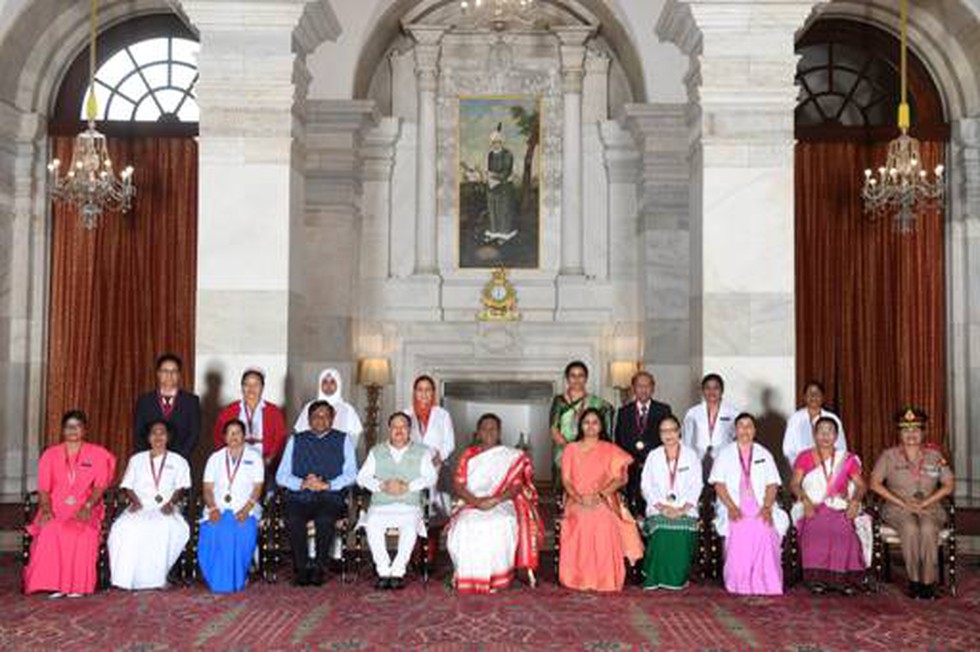
About National Florence Nightingale Award:
- It was instituted by the Ministry of Health and Family Welfare, Government of India in the year 1973.
- The award is given to outstanding nursing personnel employed in Central, State/UTs and Voluntary Organizations.
- It was awarded as a mark of recognition for the meritorious services rendered by the nurses and nursing professionals to the society.
- The nurse in her/his regular job in the hospital or community settings, educational or administrative setting is eligible for the national award.
- Each award consists of a Certificate of Merit, a Cash Award of 1,00,000/- and a medal.
Who is Florence Nightingale?
- Florence Nightingale was an English social reformer, statistician and the founder of modern nursing.
- Nightingale came to prominence while serving as a manager and trainer of nurses during the Crimean War, in which she organised care for wounded soldiers at Constantinople.
- Her efforts to formalize nursing education led her to establish the first scientifically based nursing school—the Nightingale School of Nursing, at St. Thomas’ Hospital in London.
Southern Birdwing butterfly
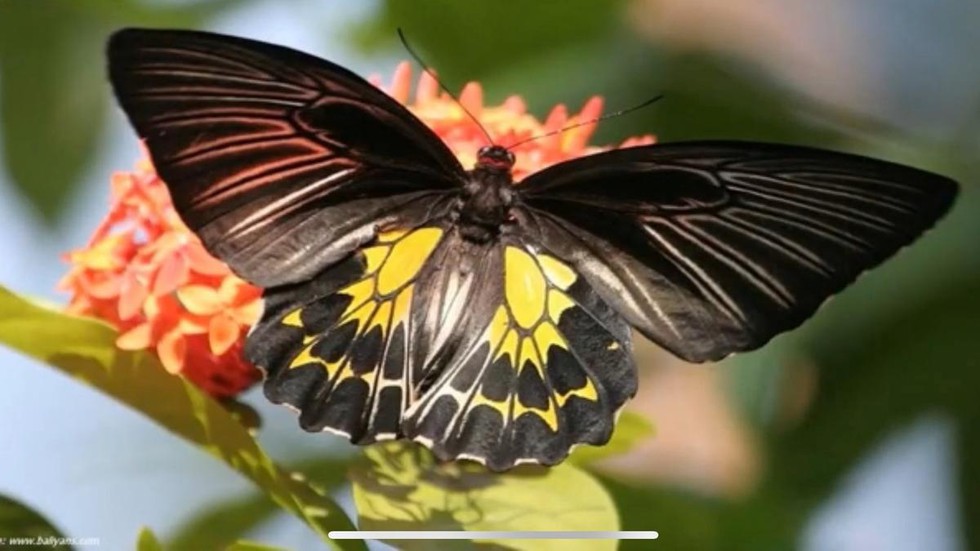
About Southern Birdwing butterfly:
- It is also called the ‘Sahyadri Birdwing’ and it is India’s second largest butterfly species.
- Distribution: It is a large and striking butterfly species found in South Asia, majorly in the Western Ghats.
- It is exceptionally large in size, with wings that exceed the dimensions of smaller birds. This notable wingspan is the reason behind its name, “birdwing.“
- Males typically have black wings with greenish-blue markings, while females have a more extensive pattern with cream-coloured markings.
- It is the state butterfly of Karnataka.
- Conservation status
- IUCN: Least concern
Key points about Western Ghats
- It is a mountain rangethat covers an area of 160,000 sq km in a stretch of 1,600 Km parallel to the western coast of the Indian peninsula.
- It traverses through the states of Gujarat, Maharashtra, Goa, Karnataka, Kerala and Tamil Nadu.
- It is a UNESCO World Heritage Siteand is one of the 36 biodiversity hotspots in the world.
- These Ghats are home to high mountain forests, which moderate the tropical climate of the region and present one of the best examples of the monsoon system on the planet.
Trade Connect e-Platform

About Trade Connect e-Platform:
- It is a new digital initiative aimed at transforming the landscape of international trade for Indian exporters, especially MSMEs (Medium, Small and Medium Enterprises).
- It will connect Indian Exporters, MSMEs and Entrepreneurs with various stakeholders including Indian Missions Abroad, Export Promotion Councils, and other Partner Government Agencies.
- The platform will provide information on trade events taking place in different parts of the world, benefits available due to India’s Free Trade Agreements (FTAs) and other international trade-related information and data.
- The platform, developed in collaboration with key partners including the Ministry of MSME, EXIM Bank, Department of Financial Services (DFS) and the Ministry of External Affairs (MEA).
- Significance
- This initiative aligns with the government’s broader vision of promoting a Digital India, fostering greater transparency, and empowering businesses by providing them with seamless access to crucial trade information.
- It will reduce the costs, lead times and complexities associated with global trade, ultimately ensuring that Indian businesses can thrive in the international marketplace.
PM E-DRIVE Scheme
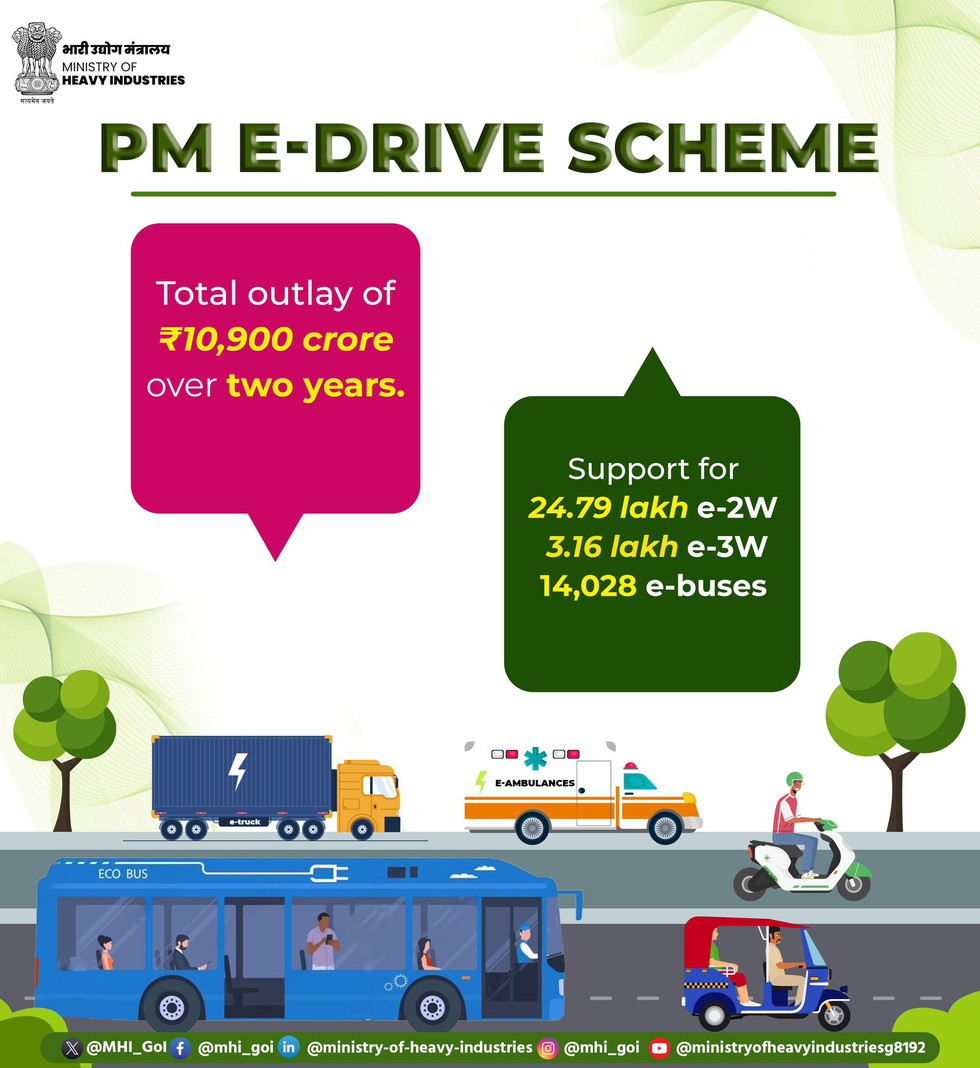
About PM E-DRIVE Scheme:
- PM Electric Drive Revolution in Innovative Vehicle Enhancement (PM E-DRIVE) scheme has an outlay of Rs 10,900 crore over a period of two years for the promotion of electric mobility in the country.
- Components of the scheme
- Subsidies and Demand Incentives: The scheme allocates Rs 3,679 crore to incentivise the purchase of electric two-wheelers (e-2Ws), three-wheelers (e-3Ws), electric ambulances, trucks, and other emerging EV categories.
- E-Vouchers for EV Buyers: Buyers of electric vehicles will be issued an e-voucher under the scheme to avail demand incentives. The e-voucher will be Aadhaar-authenticated and sent to the buyer's registered mobile number after the purchase.
- E-Ambulance Deployment: A budget of Rs 500 crore has been allocated to deploy electric ambulances. This new initiative aims to provide comfortable and environmentally friendly patient transport.
- Incentives for E-Trucks: Under this component Rs 500 crore has been allocated to promote the deployment of e-trucks, a major contributor to air pollution. Those who hold a scrapping certificate from authorised MoRTH Vehicle Scrapping Centres (RVSFs) will be eligible for the incentives.
- Charging Infrastructure: To address range anxiety and support the growth of electric vehicles, Rs 2,000 crore will be used to install public charging stations (EVPCS) in cities with high EV penetration and along selected highways.
Mission Mausam

About Mission Mausam:
- It is envisaged to be a multi-faceted and transformative initiative to tremendously boost India's weather and climate-related science, research, and services.
- It will exponentially expound research and development, and capacity in atmospheric sciences, especially weather surveillance, modelling, forecasting, and management. By integrating advanced observation systems, high-performance computing, and cutting-edge technologies like artificial intelligence and machine learning.
- Its focus will include improving observations and understanding for providing highly accurate and timely weather and climate information across temporal and spatial scales, including monsoon forecasts, alerts for air quality, extreme weather events and cyclones, weather interventions for managing fog, hail, and rain, etc., capacity building and generating awareness.
- Critical elements of Mission Mausam will include the deployment of next-generation radars and satellite systems with advanced sensors and high-performance supercomputers, the development of improved Earth system models and a GIS-based automated Decision Support System for real-time data dissemination.
- Implemented by
- Three institutes of the Ministry of Earth Sciences: the India Meteorological Department, the Indian Institute of Tropical Meteorology and the National Centre for Medium-Range Weather Forecasting will primarily implement Mission Mausam.
- These institutions will be supported by other MoES institutions, along with collaborating national and international Institutes, Academia and Industries, furthering India's leadership in weather and climate sciences and services.
- It will directly benefit numerous sectors, such as
- Agriculture, disaster management, defence, environment, aviation, water resources, power, tourism, shipping, transport, energy and health. It would also enhance data-driven decision-making in areas such as urban planning, road and rail transport, offshore operations and environmental monitoring.


























































































































































.png)
.png)
.png)
.png)
.png)


.png)
.png)
.png)





.png)
.png)






.png)
.png)
.png)
.png)
.png)
.png)
.png)
.png)
.png)

.png)







.png)
.png)


.png)
.png)
.png)


.png)

.png)
.png)





.jpg)

.png)
.png)


.png)

.png)
.png)
.png)

.jpg)

.jpg)


.png)

.png)
.png)
.png)
.png)
.png)
.png)
.png)
.png)
.png)
.png)




.png)

.png)





.png)
.png)
.png)
.png)
.png)
.png)
.png)
.png)
.png)
.png)
.jpg)
.jpg)

.png)
.png)
.png)
.png)
.png)
.png)
.png)
.png)
.png)
.png)
.png)
.png)
.png)
.png)
.png)
.png)
.png)
.png)
.png)
.png)
.png)
.png)



.png)
.png)

.jpg)
.jpg)


.jpg)
.jpg)
.jpg)
.jpg)
.jpg)

.jpg)








.jpg)
.jpg)
.jpg)
.jpg)
.jpg)

















.jpg)
.jpg)







.jpg)


















.jpg)
.jpg)






























































































.jpg)
.jpg)


























.jpg)

.jpg)










.jpg)








.jpg)




.jpg)










.jpg)


















.jpg)












































.jpg)














.jpg)
.jpg)
.jpg)





.jpg)

.jpg)
.jpg)





































































.jpg)


































.jpg)
.jpg)
















































.jpg)












.jpg)


.jpg)




.jpg)
.jpg)
.jpg)

.jpg)
.jpg)
.jpg)
.jpg)

.jpg)
.jpg)
.jpg)

.jpg)
.jpg)
.jpg)
.jpg)
.jpg)
.jpg)
.jpg)
.jpg)

.jpg)


.jpg)
.jpg)
.jpg)
.jpg)
.jpg)
.jpg)
.jpg)
.jpg)
.jpg)
.jpg)











.jpg)
.jpg)





.jpg)
.jpg)
.jpg)
























.jpg)
























.jpg)









.jpg)
.jpg)







.jpg)
.jpg)









































.jpg)
.jpg)
.jpg)
.jpg)
.jpg)

.jpg)
.jpg)
.jpg)
.jpg)
.jpg)


.jpg)
.jpg)
.jpg)
.jpg)
.jpg)

.jpg)
.jpg)
.jpg)
.jpg)
.jpg)
.jpg)
.jpg)
.jpg)
.jpg)
.jpg)
.png)

.png)
.png)

.png)
.png)
.png)
.png)


.jpg)
.jpg)

.jpg)
.jpg)
.jpg)

.png)
.png)
.png)
.png)
.png)
.png)
.png)

.png)
.png)
.png)
.png)
.png)
.png)
.png)
.png)
.png)
.png)





































































-min.png)



.png)




.png)








































